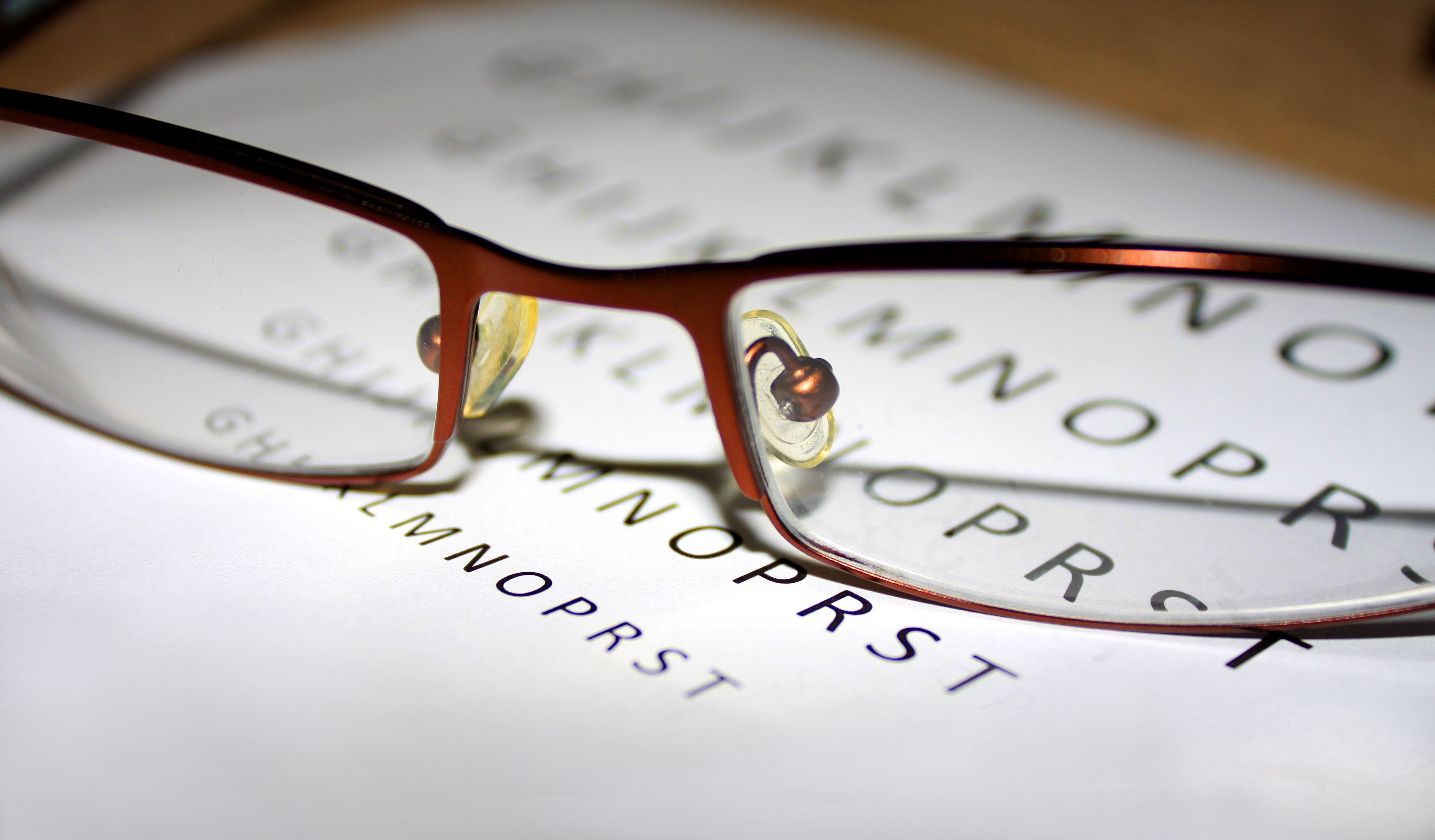Article
Intense Pulsed Light Shows Promise as Treatment for Gland Dysfunction Causing Dry Eye
Author(s):
Meibomian gland dysfunction, an etiological factor of dry eye disease, showed promising results in response to treatment with intense pulsed light.
A review published in Clinical Ophthalmology found that intense pulsed light (IPL) was an effective treatment for meibomian gland dysfunction (MGD) but required further research to prove its benefits.
Dry eye disease (DED) is a disease that affects the homeostasis of tear film and may affect nearly 30% of the worldwide population 50 years and older. It is usually a chronic disease despite symptom improvements seen with treatment. MGD, which can result from duct obstruction and changes in meibum, is an etiological factor in DED, and it does not always respond to current treatment modalities such as warm heat. This review aimed to evaluate the efficacy and indications of IPL technology in treating MGD.
IPL systems are described as “light sources of high intensity that produce polychromatic and noncoherent light with wavelength ranging from 515 to 1200 nm, which corresponds to visible and infrared light,” according to the researchers. The technology is primarily used for light-induced thermolysis, which occurs when light energy is absorbed by and converted to heat, which targets tissues without damaging the structures. Its benefits for ophthalmology were discovered in the 21st century, which has sparked interest in its use for DED.
DED can be split into 2 categories: aqueous-deficient dry-eye, or insufficient lacrimal gland secretion; and evaporative dry eye, which results in the ocular surface’s excess loss of tear film and makes up 80% of all cases. MGD is a meibomian gland abnormality which features ductular obstruction and defects in glandular production; the chronic disease is usually related to evaporative dry eye. MGD can be split into low-output and high-output groups.
Researchers of this review searched for randomized studies and systematic reviews with meta-analyses in EMBASE and PubMed from July 2017 to July 2022. Nonrandomized trials, studies enrolling non-MGD DED, and works older than 5 years were excluded. Single-arm, nonrandomized studies were analyzed separately.
There were 16 original studies and 3 systematic reviews with meta-analysis included in the review. The researchers evaluated the effectiveness of IPL treatment, which was combined with meibomian gland expression (MGX) and is known as IPL-MGX.
The efficacy of MGX compared with IPL-MGX was evaluated in a randomized trial of 123 patients, which found that IPL improved eye symptoms, meibomian gland quality scores, and 30-day tear secretion Schirmer test. A different study found that IPL-MGX was effective in treatment of tear break-up time (TBUT) and Ocular Surface Disease Index despite high heterogeneity.
A study with 90 eyes from 45 patients found that the IPL-MGX group had improved lipid layer thickness, noninvasive breakup time, fluorescein breakup time, and conjunctival fluorescein scores compared with the group using MGX alone after 32 weeks of follow-up. Patients receiving IPL-MGX 4 times in 2-week intervals had improvement in TBUT and meibomian gland secretion compared with the MGX group in a different study. However, a systematic review found that there was a lack of high-quality data on the role of IPL in the treatment of MGD.
All but 1 study found no adverse events associated with the use of IPL. The 1 study found higher reported pain scores in the IPL group compared with the control group, but this difference decreased after more sessions of IPL.
The researchers also found that IPL-MGX was more effective than MGX by itself, but that the efficacy declined over time. The efficacy of IPL-MPX was also found to be highest with more sessions and to decline when observation time increased. IPL alone was also found to be effective.
The researchers concluded that IPL may be used for cases of DED that are refractory to conventional treatment modalities, as it has been found to be a useful treatment option due to it being effective, quick, and safe, without relevant adverse effects.
Reference
Ribeiro BB, Marta A, Ramalhao JP, Marques JH, Barbosa I. Pulsed light therapy in the management of dry eye disease: current perspectives. Clin Ophthalmol. 2022;16:3883-3893. doi:10.2147/OPTH.S349596





